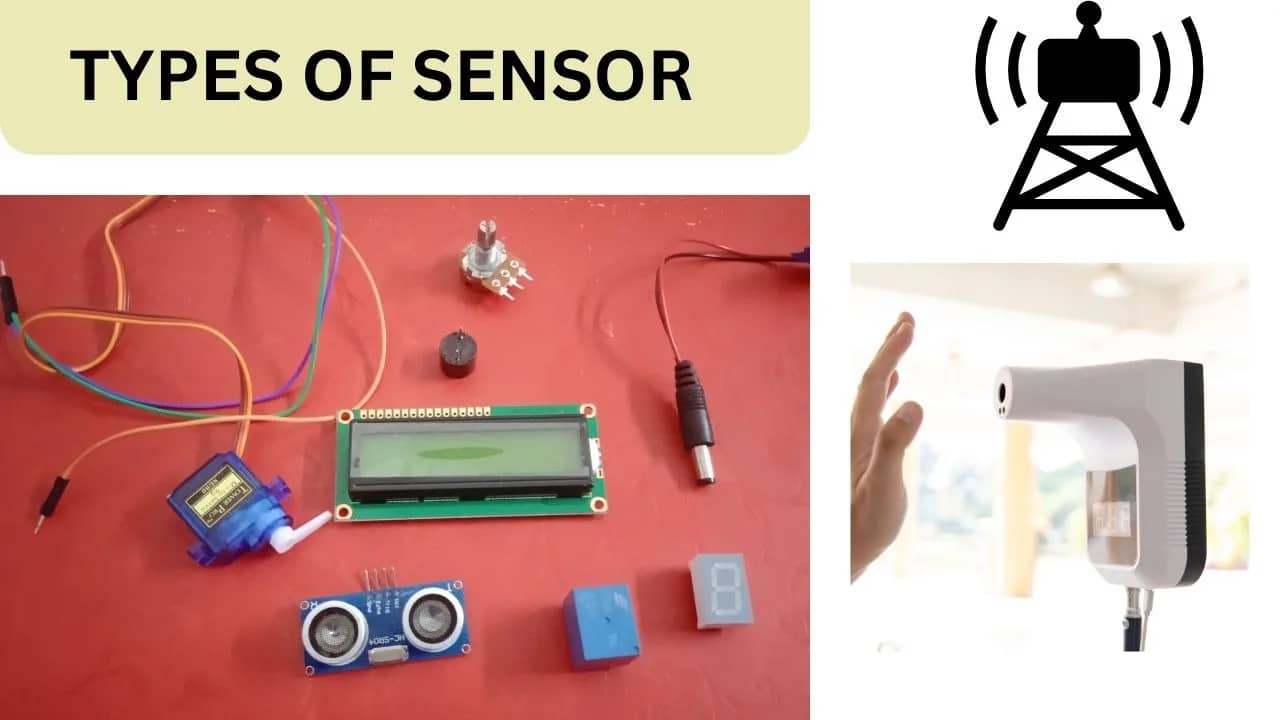Various Types of Sensors Used in Programming and Communication
Sensors play a critical role in the field of programming and communication, providing the means to gather data from the physical world and interact with digital systems. These sensors convert real-world phenomena into electrical signals that can be processed, analyzed, and utilized by computer programs or communication systems. In this comprehensive explanation, we’ll explore a wide array of sensor types used in programming and communication, delving into their functionalities and applications.
1. Temperature Sensors:
– Function: Measure temperature variations in the environment.
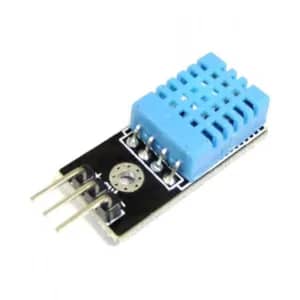
– Applications: Climate control systems, weather monitoring, temperature-sensitive industrial processes, and home automation.
2. Light Sensors (Photocells):
– Function: Detect ambient light levels.
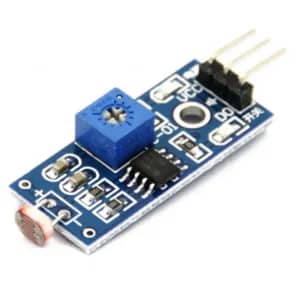
– Applications: Automatic lighting systems, photography exposure control, solar tracking, and security systems.
3. Proximity Sensors:
– Function: Detect the presence or absence of objects within a certain range.
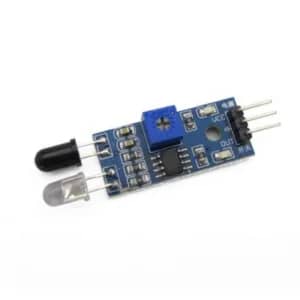
– Applications: Robotics for obstacle avoidance, automated faucets in restrooms, touchless switches, and elevator door safety.
4. Motion Sensors:
– Function: Detect movement within their field of view.
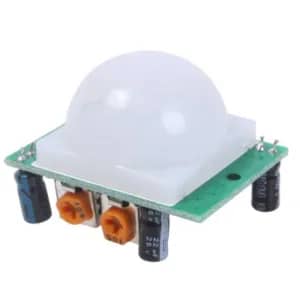
– Applications: Security systems, automatic lighting, gaming controllers, and human presence detection.
5. Pressure Sensors:
– Function: Measure pressure variations.
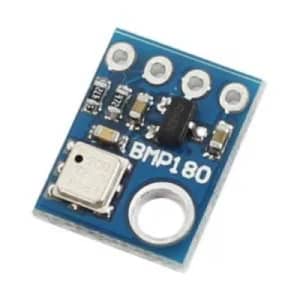
– Applications: Barometers, altimeters, automotive tire pressure monitoring, and industrial pressure monitoring systems.
6. Humidity Sensors:
– Function: Measure the moisture content in the air.

– Applications: Weather stations, HVAC systems, moisture-sensitive industrial processes, and home dehumidifiers.
7. Gas Sensors:
– Function: Detect specific gases in the environment.
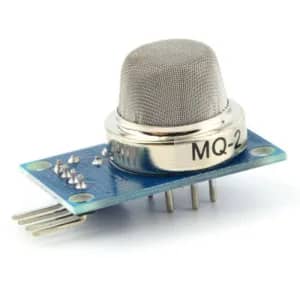
– Applications: Gas leak detection, air quality monitoring, industrial safety systems, and emissions control in vehicles.
8. Sound Sensors (Microphones):
– Function: Convert sound waves into electrical signals.
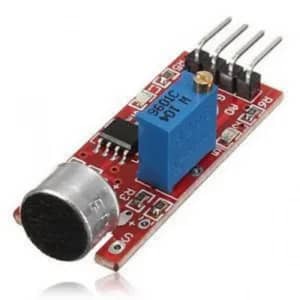
– Applications: Audio recording, speech recognition, noise monitoring, and voice-activated systems.
9. Accelerometers:
– Function: Measure acceleration and tilt.
– Application: Mobile devices for screen orientation, gaming controllers, vehicle stability control, and motion tracking in sports.
10. Gyroscope Sensors:
– Function: Measure angular velocity and rotation.
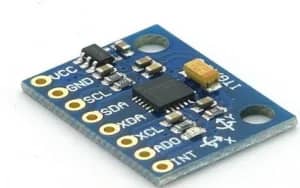
Photo Credit: https://www.elprocus.com/gyroscope-sensor/
– Applications: Drone stabilization, virtual reality headsets, image stabilization in cameras, and navigation systems.
11. GPS Sensors:
– Function: Determine precise geographical coordinates.
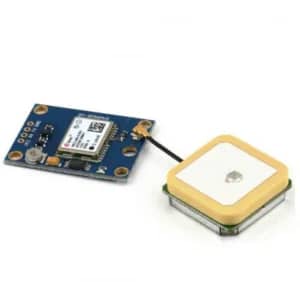
– Applications: Navigation systems, location-based services in smartphones, tracking devices, and geospatial data collection.
12. Infrared Sensors:
– Function: Detect infrared radiation.
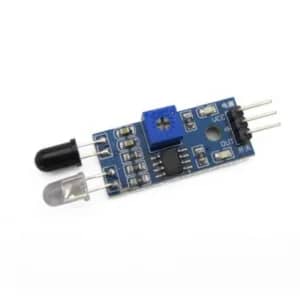
– Applications:
Remote controls, infrared communication, object detection in robotics, and thermal imaging.
13. Touch Sensors:
– Function: Detect touch or pressure on a surface.
– Applications: Touchscreen displays, interactive kiosks, virtual keyboards, and capacitive buttons.
14. Biometric Sensors:
– Function: Authenticate individuals based on unique biological characteristics.
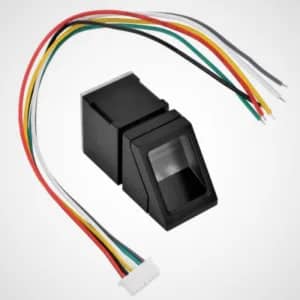
– Applications: Fingerprint scanners, iris recognition systems, facial recognition in smartphones, and access control systems.
15. RFID (Radio-Frequency Identification) Sensors:
– Function: Read and transmit data stored on RFID tags.
– Applications: Inventory management, contactless payment systems, access control, and logistics tracking.
16. Ultrasonic Sensors:
– Function: Measure distance by emitting and receiving ultrasonic waves.
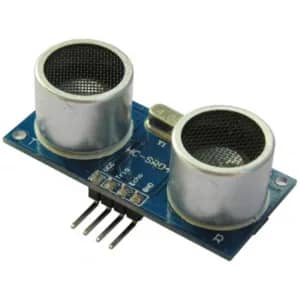
– Applications: Object detection in robotics, parking assistance in vehicles, and liquid level measurement.
17. Pressure Mat Sensors:
– Function: Detect pressure on a flexible mat.
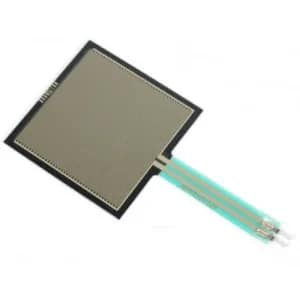
– Applications: Security systems, presence detection in smart homes, and interactive floor installations.
18. Force Sensors:
– Function: Measure applied force or load.
– Applications: Weight measurement scales, industrial load monitoring, and robotics for delicate handling.
These sensors represent just a fraction of the diverse range of sensing technologies available for programming and communication applications. The choice of sensor depends on the specific requirements of a project, including accuracy, range, response time, and environmental conditions. As technology continues to advance, new sensors are constantly emerging, expanding the possibilities for creative and innovative solutions in programming and communication.
PHOTO CREDIT:
https://www.electronicscomp.com/
